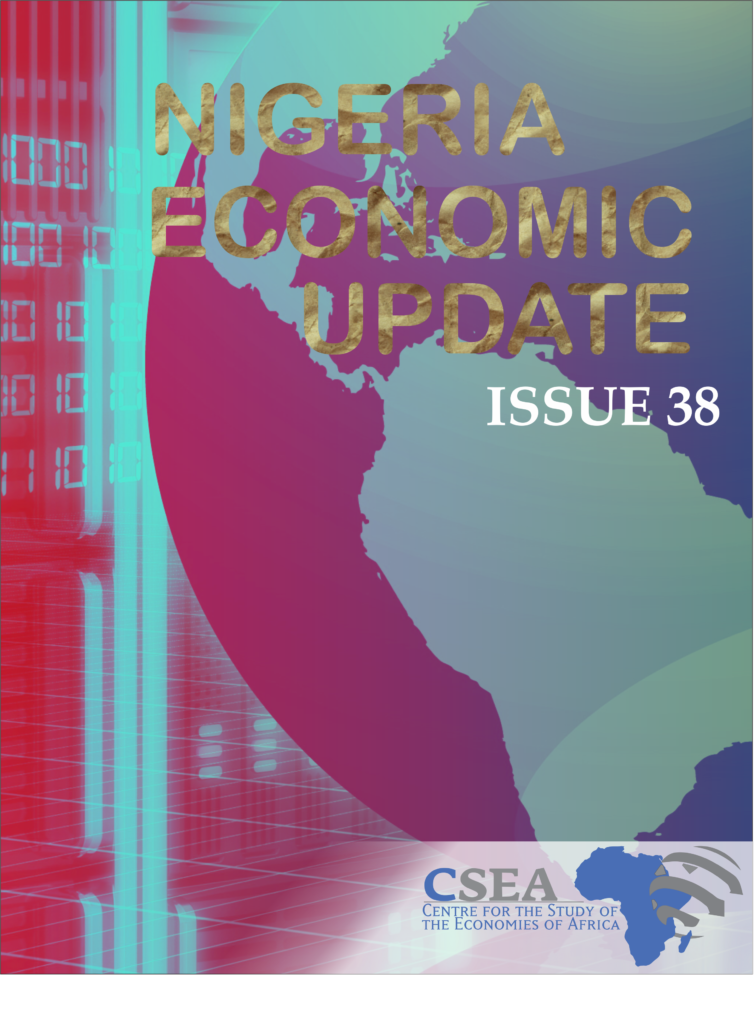The 2017 budget implementation report shows a paltry average performance in 2017, compared to the projections contained in the budget. The actual oil and non-oil revenue generated were N1.1 trillion and N957 billion respectively, considerably below the projected figures of N2.1 trillion1 and N1.4 trillion. Other revenue sources brought the total revenue generated to N2.7 trillion. However, on the expenditure side, the combination of personnel expenditure and debt repayments amounted to N3.5 trillion, which exceeded total revenue by N885 billion. This implies that Nigeria borrowed to pay salaries and service debts in 2017. As long as the culture of making unrealistic budget projections continues, we expect to record low budget implementation going forward. To address the wide gap between actual and expected budget performance, better forecast of future revenue alongside making less ambitious spending plans is critical.
Macroeconomic Report & Economic Updates

October 4, 2018
Nigeria Economic Update (Issue 38)
The 2017 budget implementation report shows a paltry average performance in 2017, compared to the projections contained in the budget. The actual oil and non-oil revenue generated were N1.1 trillion and N957 billion respectively, considerably below the projected figures of N2.1 trillion1 and N1.4 trillion. Other revenue sources brought the total revenue generated to N2.7 […]
Read →
Related
Institutions And Sustainable Industrial-led Development In Sub-Saharan Africa
In 2015, economic growth in Sub-Saharan Africa
(SSA) slowed to 3.4 percent from 4.6 percent the previous year. The economic
slowdown in the region was the result of an interplay of several external and
domestic factors such as lower commodity prices, slowdown in the economies of
major trading partners, tightening borrowing conditions, political instability
and conflict, electricity shortages and other infrastructure deficiencies (World Bank, 2016). This sluggish
growth trends is in contrast to the impressive growth recorded in the region,
over the past decade.
Public Debt-to-GDP Ratio
Public Debt-to-GDP Ratio: The ratio of Nigerias cumulative government debt to national GDP has maintained an upward trend indicating the countrys declining economic productivity and ability to repay
Nigeria Economic Update (Issue 5)
All Share Index (ASI) and Market
Capitalization declined by 13 percent to close at 23514.04 points and N8.09
trillion respectively at the end of the trade session on January 15.
The huge drop in the Index, representing a 3-year low, led to the introduction
of the Index Circuit Breakers Rule. While this policy measure may
prevent huge losses in the stock market, rising concerns about macroeconomic
stability in Nigeria may significantly increase the level of volatility in the
stock market. This may have substantial adverse implications for investors in
the Stock Exchange.
